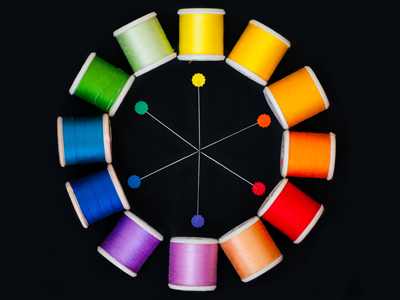
Colours
This quiz addresses the requirements of the National Curriculum KS1 in Art and Design for children aged 5, 6 and 7 in years 1 and 2. Specifically this quiz is aimed at the section dealing with understanding processes and techniques, and it focusses on colours.
As an introduction to artistic techniques, studying art and design often begins with a good understanding of colour. This learning may begin with understanding primary and secondary colours and progress to experimenting with colour mixing and working with complementary and contrasting colours, before going on to look at different artistic techniques.
Ready for more?
not all...
quizzers. Try to win a coveted spot on our Hall of Fame Page.







